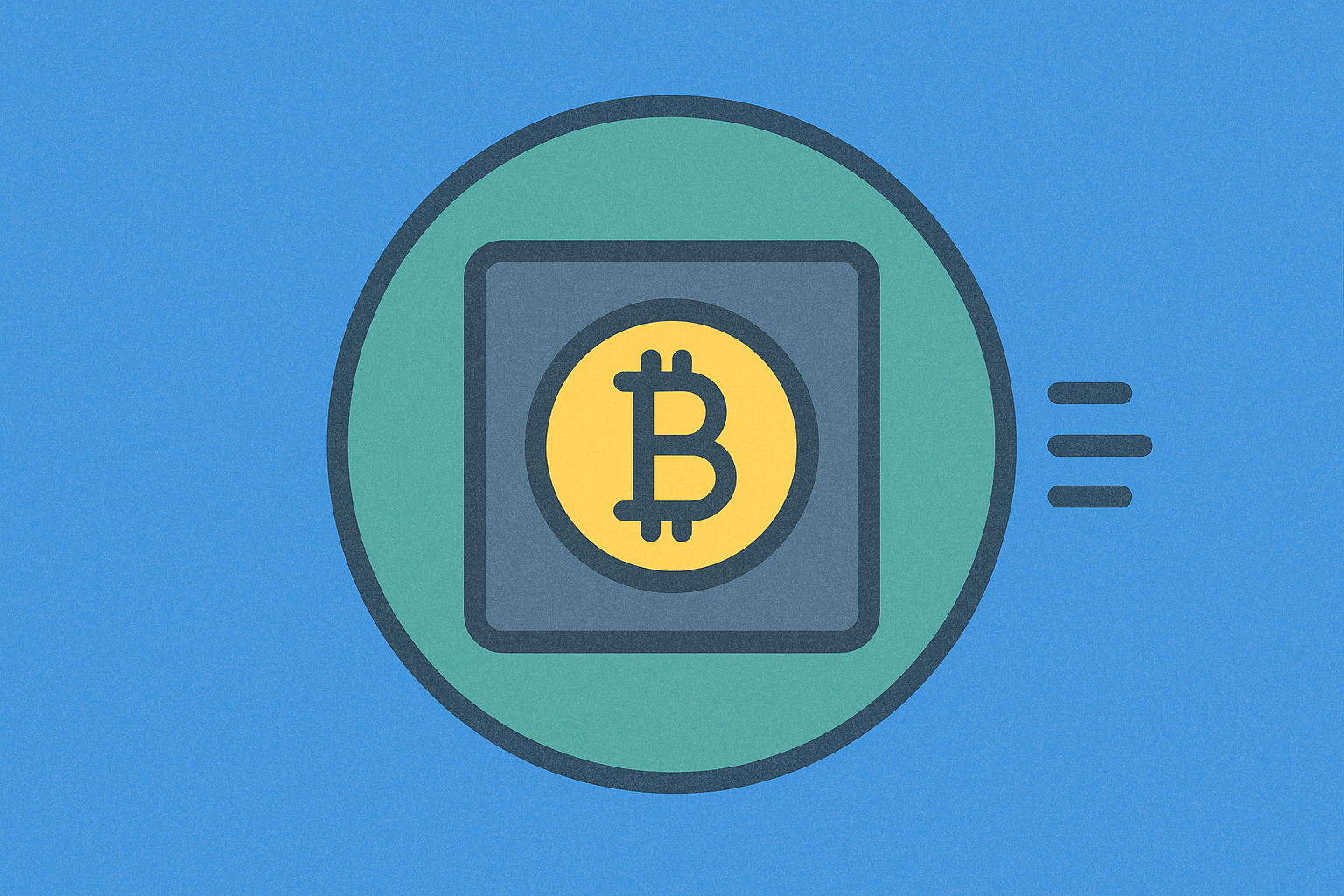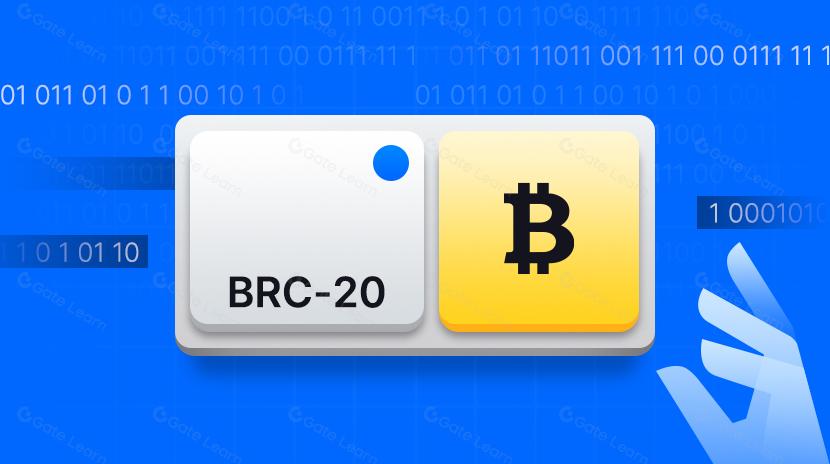bip definition

BIP (Bitcoin Improvement Proposal) is a formal document format used by the Bitcoin community to propose, discuss, and implement improvements or modifications to the Bitcoin protocol, client software, or related standards. As the governance mechanism for the Bitcoin open-source project, it allows any developer to submit change suggestions in a standardized way, ensuring all proposals receive thorough community review and discussion, thereby maintaining Bitcoin network's decentralized nature and technical stability.
Background: What is the origin of BIP?
The BIP mechanism originated in 2011, proposed by Bitcoin core developer Amir Taaki, inspired by similar mechanisms like Ethereum's EIP (Ethereum Improvement Proposal) and Python's PEP (Python Enhancement Proposal). BIP-0001 document defined the entire BIP process, serving as the first formal Bitcoin improvement proposal.
This mechanism emerged as a response to the lack of formal decision-making processes during Bitcoin's early development stages. Before BIPs existed, updates to the Bitcoin network often depended on direct decisions by Satoshi Nakamoto or a small group of core developers, lacking transparency and broad participation. As the Bitcoin network expanded and Satoshi faded from active involvement, the community needed a structured method to manage protocol changes, and BIP was the product of this necessity.
Work Mechanism: How does BIP work?
BIPs follow a strict process and classification system:
-
Classification system:
- Standard BIPs: Changes involving Bitcoin blockchain consensus layer, requiring network-wide consensus
- Informational BIPs: Providing information or guidance to the community, not proposing new features
- Process BIPs: Proposing process changes or events requiring community consensus
-
Status transitions:
- Draft: Initial submission status
- Proposed: Meeting formal requirements, awaiting community discussion
- Final: Accepted by the community and implemented
- Rejected: Not approved or abandoned
- Replaced: Superseded by a new BIP
-
Implementation process:
- Proposers first present ideas on developer mailing lists or forums for initial feedback
- Draft a formal BIP document following the standard template
- Submit to the BIP GitHub repository for review
- After thorough discussion, modification, and community consensus, a final decision is made
Successful BIP examples include BIP-141 (Segregated Witness/SegWit) and BIP-39 (Mnemonic word standard), which significantly improved Bitcoin's functionality and security.
What are the risks and challenges of BIP?
While effective, the BIP mechanism faces several challenges:
-
Consensus difficulties: Reaching consensus in a decentralized network is inherently challenging, especially for major technical direction choices. The 2017 dispute over block size leading to the Bitcoin Cash fork exemplifies this challenge to the consensus mechanism.
-
Governance efficiency: The BIP process can be time-consuming, sometimes taking years from proposal to implementation, potentially delaying critical improvements.
-
Technical barriers: Participating in BIP discussions requires significant technical knowledge, potentially limiting participation from average community members, creating a form of "elite governance."
-
Centralization risk: While theoretically anyone can submit a BIP, actual influence often concentrates among senior developers and large mining pools, creating tension with Bitcoin's decentralization philosophy.
-
Implementation challenges: Even after a BIP is approved, its actual activation and deployment still require widespread support from node operators and miners; low implementation rates can affect improvement outcomes.
The Bitcoin community continues to explore ways to improve the BIP process itself, including introducing more transparent discussion mechanisms and more effective consensus-building methods to balance innovation speed with system stability needs.
The Bitcoin Improvement Proposal mechanism is one of the key factors in Bitcoin's success. It provides a systematic evolution path for the world's largest cryptocurrency, enabling technical progress without central authority. The BIP mechanism embodies the spirit of open-source software development and decentralized governance, ensuring any significant changes undergo rigorous review and broad consensus. As the Bitcoin ecosystem continues to evolve, the BIP process will also continue to adapt to address new technical challenges and community needs, maintaining the security, reliability, and innovation of the Bitcoin network.
Share
Related Articles

In-depth Explanation of Yala: Building a Modular DeFi Yield Aggregator with $YU Stablecoin as a Medium

BTC and Projects in The BRC-20 Ecosystem
